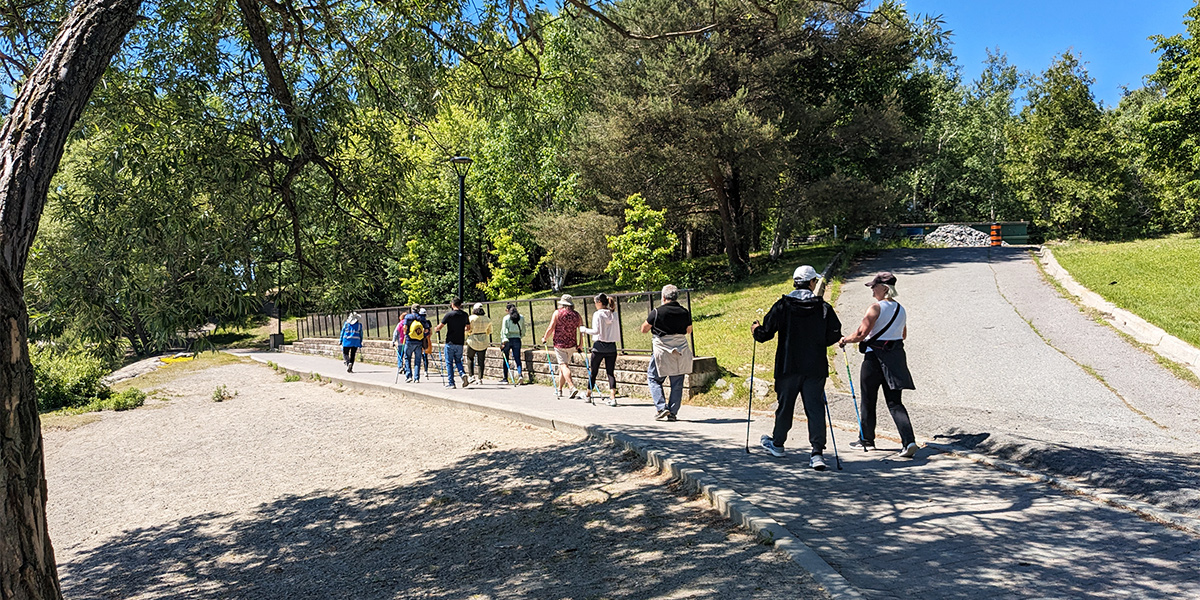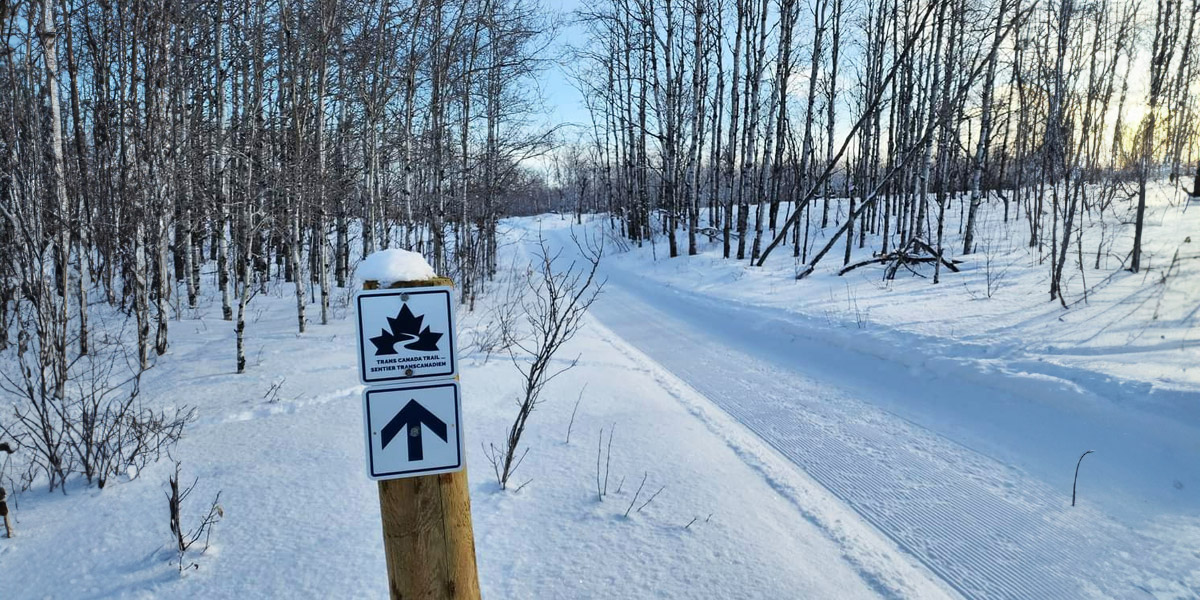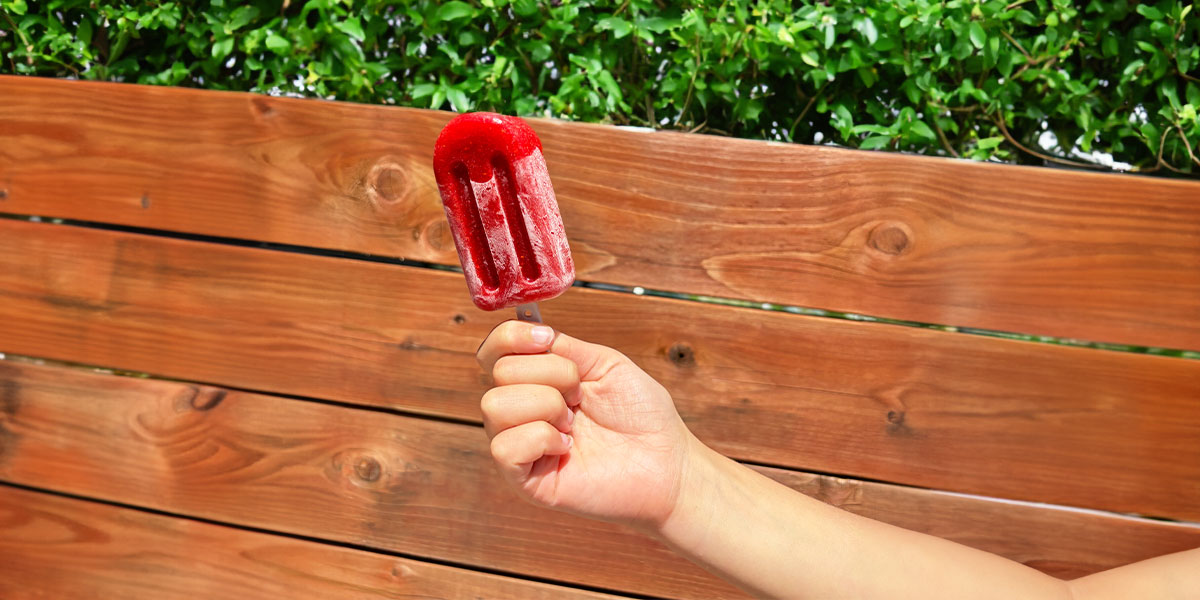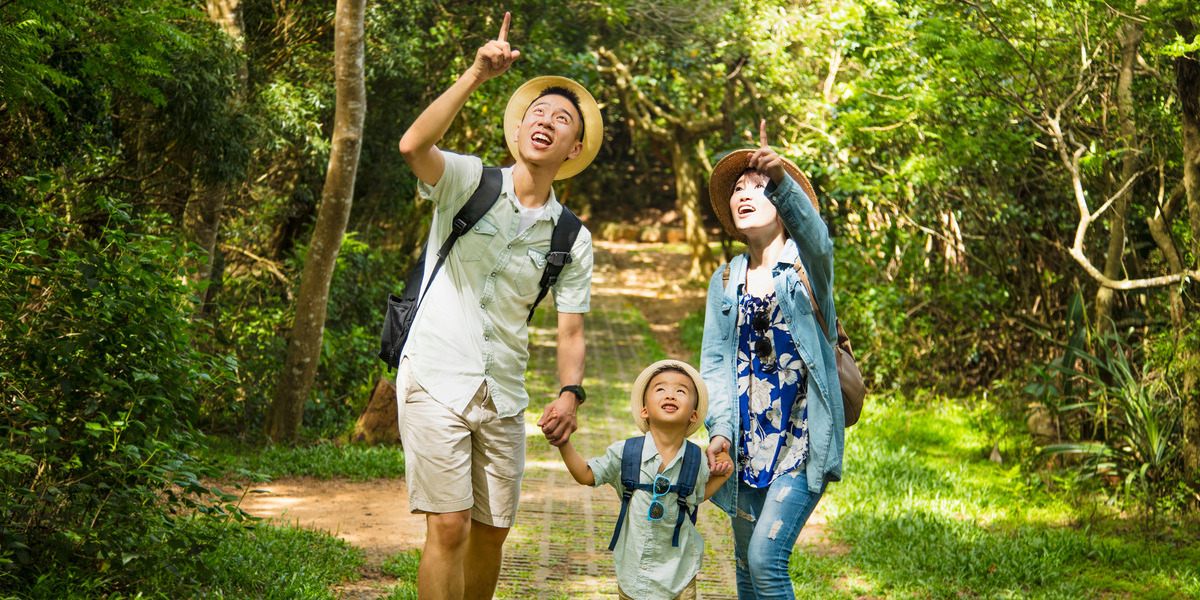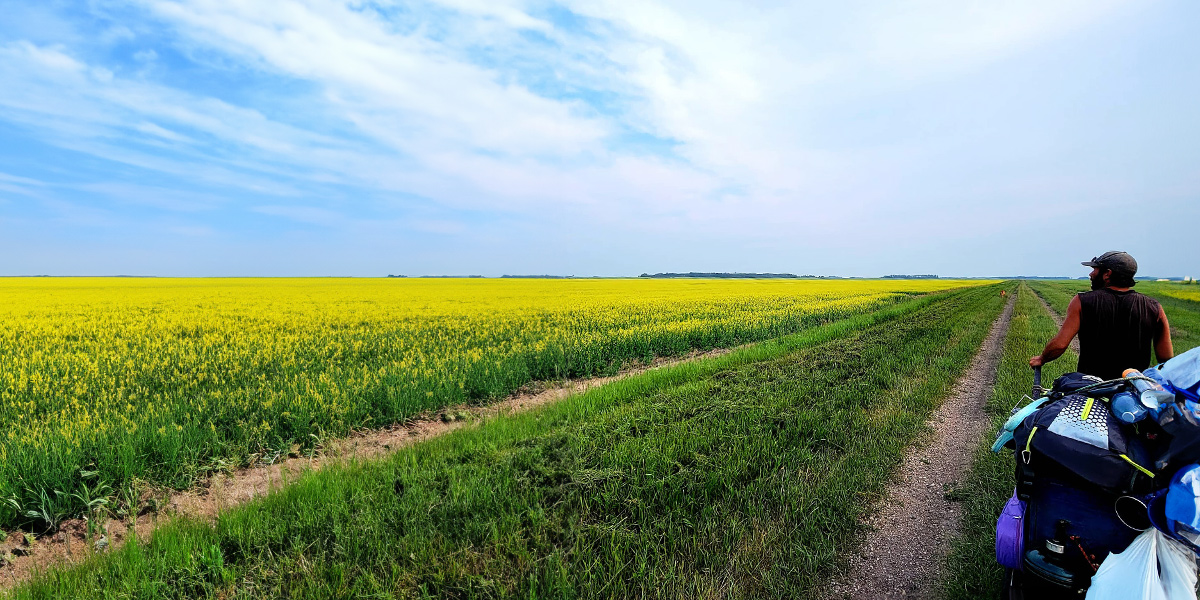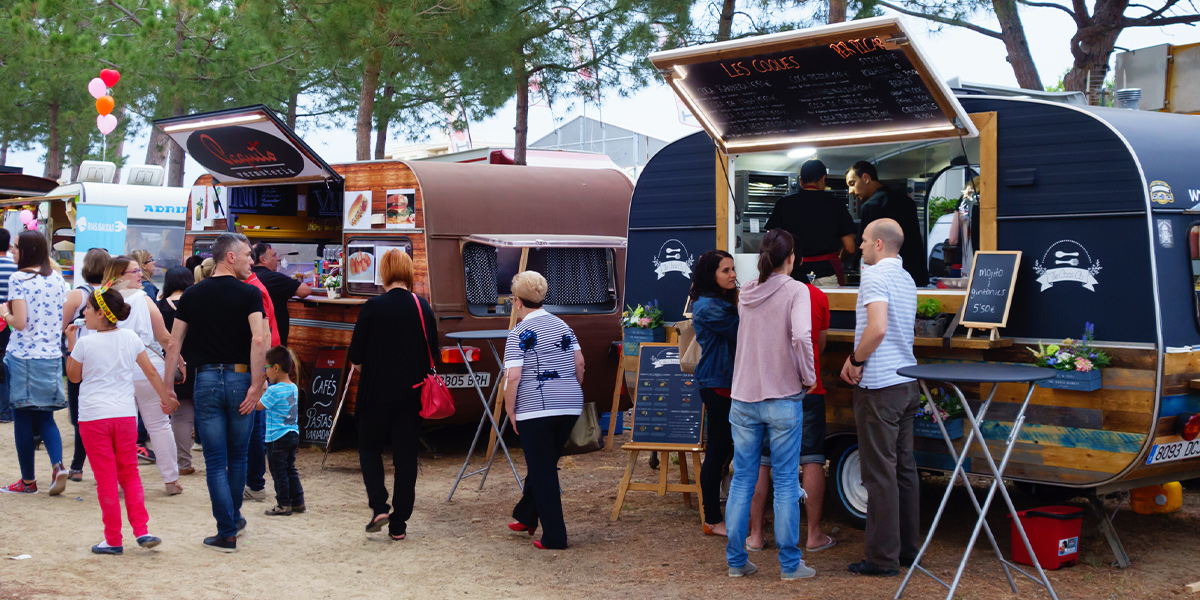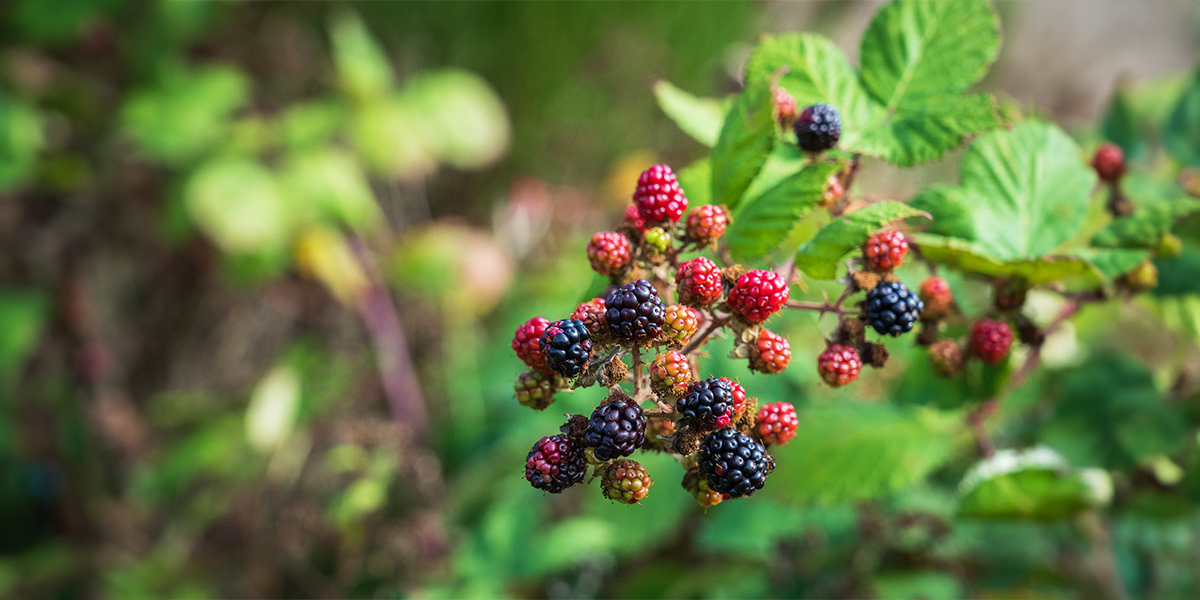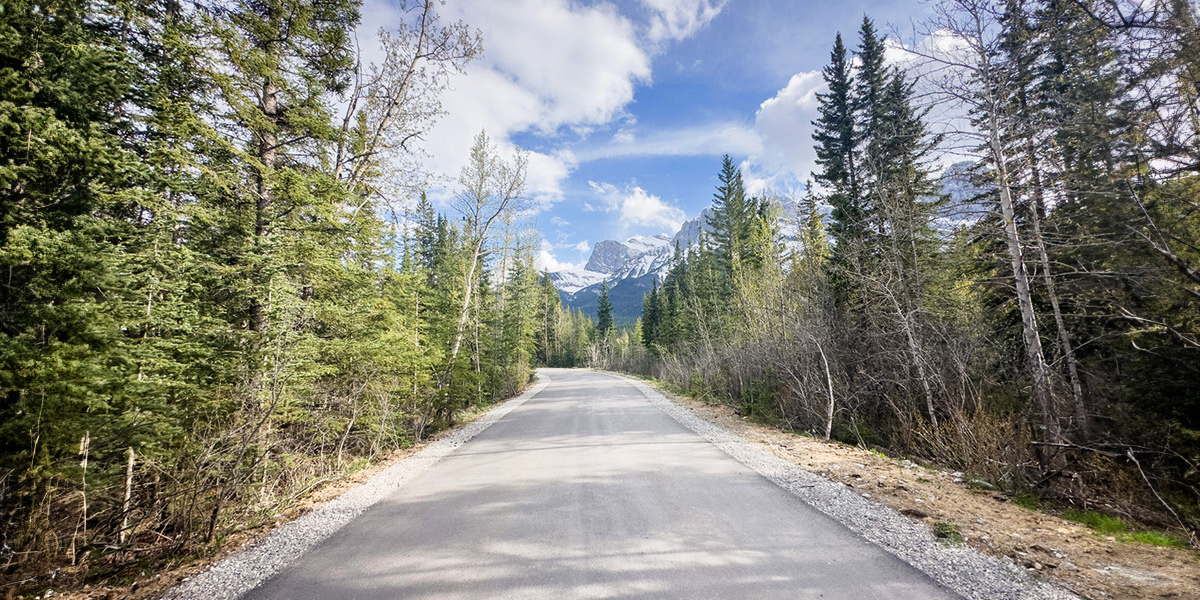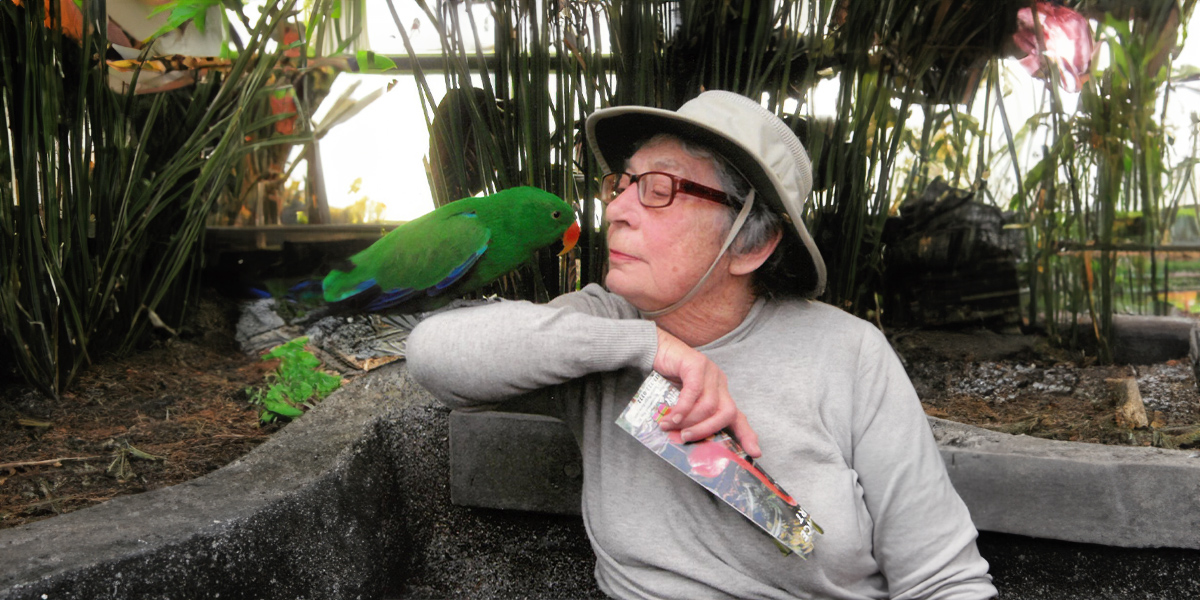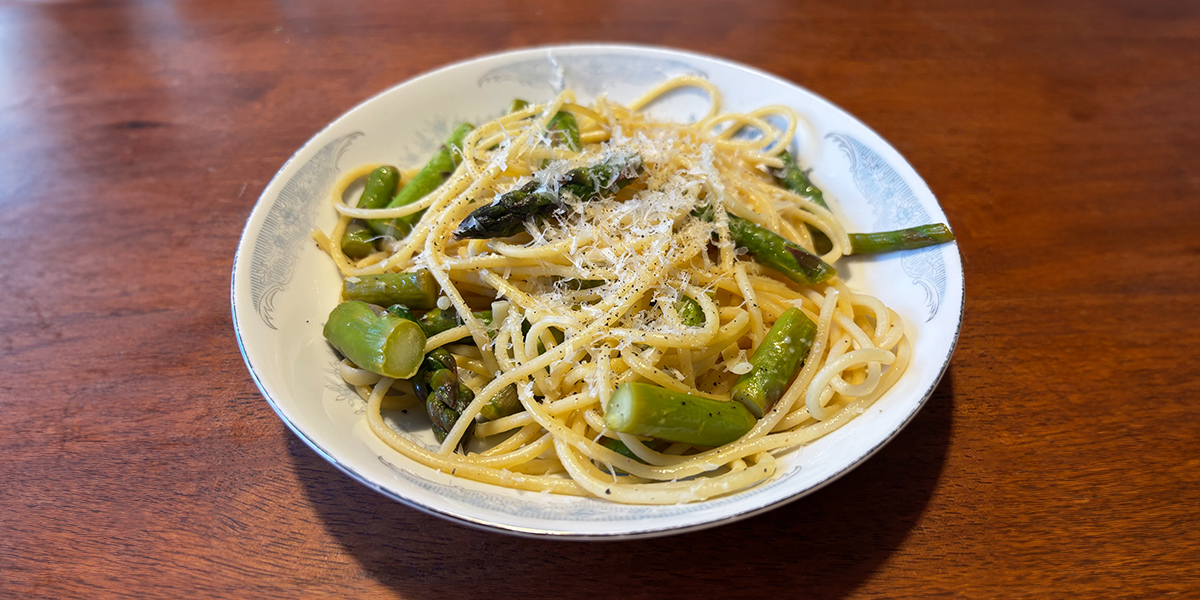Bonnie’s Trans Canada Trail: Staying Safe on the Trail
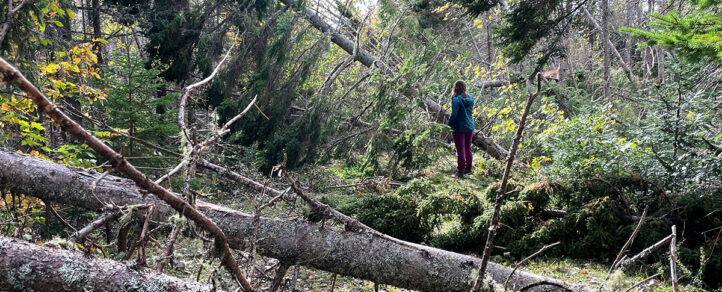
Written by Bonnie Thornbury
“You’re walking?! … across the country!? … by yourself!?”
If I had a toonie for every time I’ve heard that line, I’d have more than enough money for a few pairs of my increasingly expensive hiking boots! (Pandemic inflation has left no sole untouched!) The first part – walking cross-country – is enough to raise eyebrows in a nation as large as Canada, but adding in that it’s a solo pursuit generally tips people over the edge. And it makes sense: most people can’t imagine planning for the range of safety concerns that the trail demands. But, like tackling the trail itself, safety is best approached one step at a time!
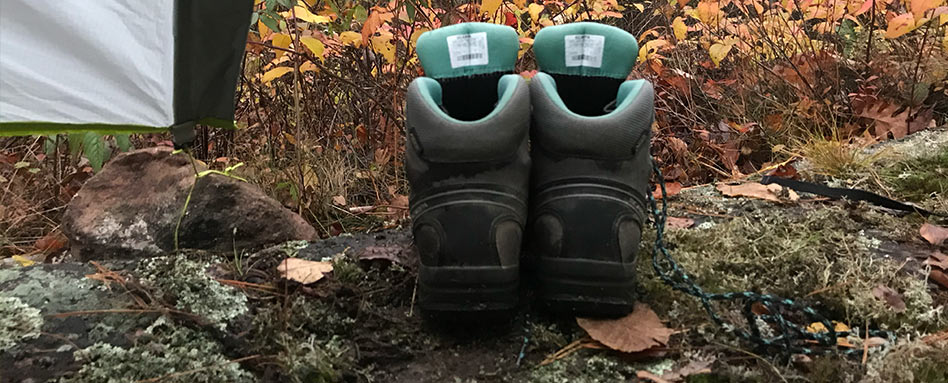
First things first: staying safe on the Trail requires assessing the possible dangers and accepting a certain degree of risk. If Wikipedia’s list of fatal bear attacks has had 100 views in the last few years, they’re all mine. Late at night beneath my nylon walls, I’d read, re-read and read the list again looking for particular patterns, places, or provocations I might avoid. The short version of my long analysis: there are no discernable patterns, but the number of bear attacks compared to people recreating outdoors is fantastically low.
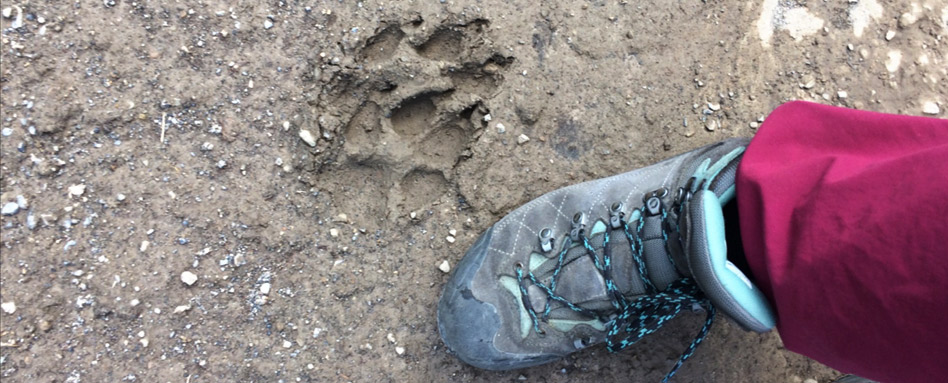
Still, it’s good to be prepared for bears or other big predators: I keep a small hunting knife on hand and carry bear spray on my hip while I walk. Every night, I put my knife and bear spray in the same spot in my tent, reducing cognitive steps in the unlikely event I need to use these tools. Hiking poles are another safety measure – something to keep a bit of distance between myself and predators … or, more accurately, the small handful of boisterous pet dogs I’ve encountered.
Safety prep is also about building up wilderness skills and knowledge, like getting familiar with “the 10 essentials,” or knowing which materials stay warm when wet, how to keep your bearings in the backcountry, or how to find water in a jam. A lot can (and should!) be learned by reading books, blogs, and listening to podcasts or following adventurers on social media, but experience is a great teacher, too! Know enough before you go to be responsibly safe, but don’t be afraid to learn on the fly. Even with 10 years and many thousands of kilometres of hiking under my belt, I learned the importance of camping away from water in below-zero temperatures the hard way, through a handful of very uncomfortable nights shivering in my tent beside picturesque ponds in Newfoundland. Sometimes it’s best to forego the photo-op!
Some dangers are more insidious. In the Cascades, I unsuspectingly pulled a tick out of my hair while self-grooming at the end of a long day. I was alarmed, but I used my knowledge to stay calm: less than 1% of ticks in BC carry Lyme. I found it before it burrowed (what luck!), I knew how to remove a burrowed tick, and I had the required tools on me. No sweat!
Staying safe is also about being aware of the small things that can become big things – blisters, bacteria, food poisoning, dehydration, sunburns, trench foot – and how to deal with them. Always treat your water and treat your body!
Even with the best planning, not all situations can be foreseen or planned for. Before I left I read the book Don’t Get Eaten: The Dangers of Animals that Charge or Attack several times over, but it didn’t come in handy when I found myself up a tree with a riotous bull huffing and puffing and pawing the ground below. It seems the author didn’t consider domesticated animals amongst the dangerous, and yet there I was, stuck in a tree with nowhere to go! In that case, a good deal of patience and a very energetic and surprisingly small farmer’s dog eventually saved the day by chasing the bull away.
Another unforeseen circumstance: breaking my foot 30 kilometres shy of hiking all of Newfoundland! With a low-impact activity like walking, broken bones weren’t at all on my radar. Thankfully, you’re never too far from a helping hand on the Trans Canada Trail. If you’re in that kind of sticky situation, chances are good that you won’t have to wait very long for a trail angel to lend a hand or a shoulder to hobble on.
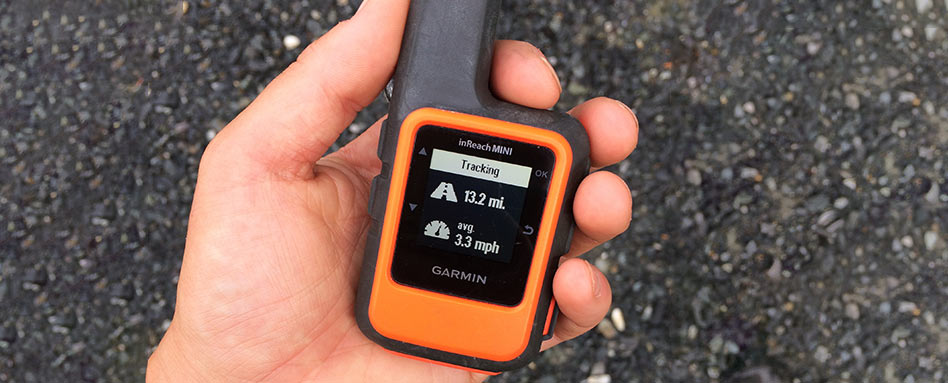
An SOS device is a must, regardless of whether you’re hiking solo or with a group, in familiar terrain or venturing into the unknown. The SPOT or Garmin inReach devices are both good options and have the capacity to track your progress in real time. My armchair safety-wardens, my mom and sister, loved following my little line along the map, and I loved the peace of mind knowing that they were keeping track of me.
Carrying maps in a few different formats is also a must! For me, in the digital era, this meant using the Trans Canada Trail and Garmin inReach maps alongside two others, downloaded on two different devices, and with a battery pack for backup. Having more than one map app can be a lifesaver – sometimes features on one won’t show up on another. When you’re stuck, it’s good to cross-reference and know in advance where the bail points are!
I’d be remiss if I didn’t mention stranger danger. It can be hard to trust that outdoor spaces are safe and welcoming from a people-perspective, a feeling that is compounded by our own intersecting visible and invisible identities. For me, this meant hiking as a visibly white and invisibly queer person who is often read as a woman. In some contexts, these identities increase my sense of safety on the Trail: Even though everyone should be treated with kindness and respect, being white and perceived as a woman might mean people are more kind and willing to help me. But in other contexts, being clocked as a lone woman hiker could make me more vulnerable to attack.
As a non-binary person, I struggled with gender on the Trail. It took me a bit by surprise to remember that not everyone is familiar with non-binary pronouns, and some people are outright non-accepting. But I was also surprised to meet people in small towns who I would’ve thought to be disapproving, who shared stories about their kids coming out, or someone transitioning at the coal mine and how the company supported them by educating staff.
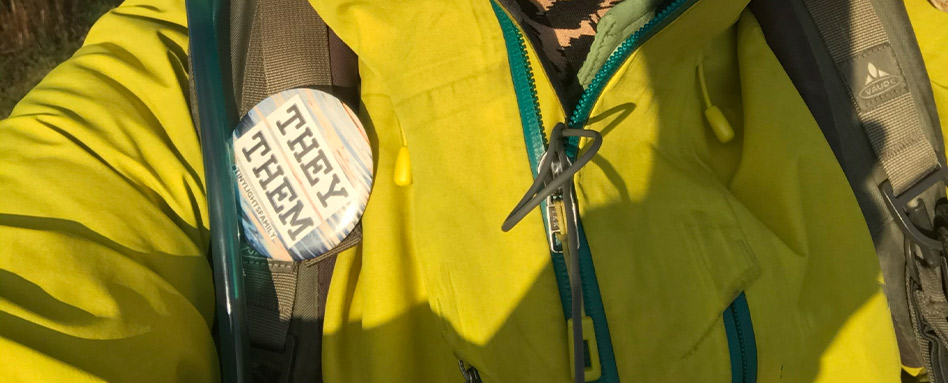
Around Nelson, BC, I started wearing a button that says “they/them.” At first, I was a bit uneasy that it would out me in ways that might be unsafe, but instead I found it just helped me identify safe people and increased my confidence in having conversations about gender. Ninety percent of people who commented on it were people who’d already been exposed to non-binary gender and are supportive. The other 10 percent were mostly curious and open. I definitely had a good number of people message me after we met to say they’re thinking about gender in new ways.
I recognize that it’s an enormous privilege to walk with white skin and hide the invisible parts of my identity that might make me unsafe out in the world. If you don’t have the privilege of feeling safe as a baseline in Canadian society, be gentle on yourself when you’re not up for the challenge or conversation, and enjoy the pleasant surprise when you do meet people who are open or aware that you may not have thought would be. If you do have safety privilege, challenge yourself to find ways to extend that to others. As the incredible community-builder, Trans Canada Trail board member, and founder of Colour the Trails Judith Kasiama says, “Community starts with an invitation!” Even a simple smile on the Trail can go a long way.
Above all, trust yourself and do what feels safe to you in the moment! If camping far off the trail feels most safe (as I did for the entire walk from BC to ON!), do that! If jumping in a bush to avoid people feels safe, do that! There’s no shame in being skittish as you get to know your surroundings. On that first six-month leg of my journey, I’d contort my tent into the most bizarre spaces so as not to be seen by passers-by, because being invisible felt most safe. Now, I’m much more at home on the Trail. The number and diversity of humans I’ve encountered on the Trail have given me faith in both my ability to assess situations and in the honest goodness of most of humanity.
All things safety considered, my best advice for staying safe on the Trail is this: Take stock of potential dangers, plan as much as you can, start slow with what you know, always trust your gut, don’t be afraid to ask for help, and don’t overthink it! You can and should be prepared, but you can’t prepare for everything, and nature’s really not that scary once you get to know it!
Want to learn more? Keep an eye on this page in the coming months as I share section highlights, safety tips, trail magic, and what it was like tackling the Trail on bicycle after breaking my foot! You can also follow my Instagram stories (@bonnbury) for photo journals from the Trail. See you outside!


